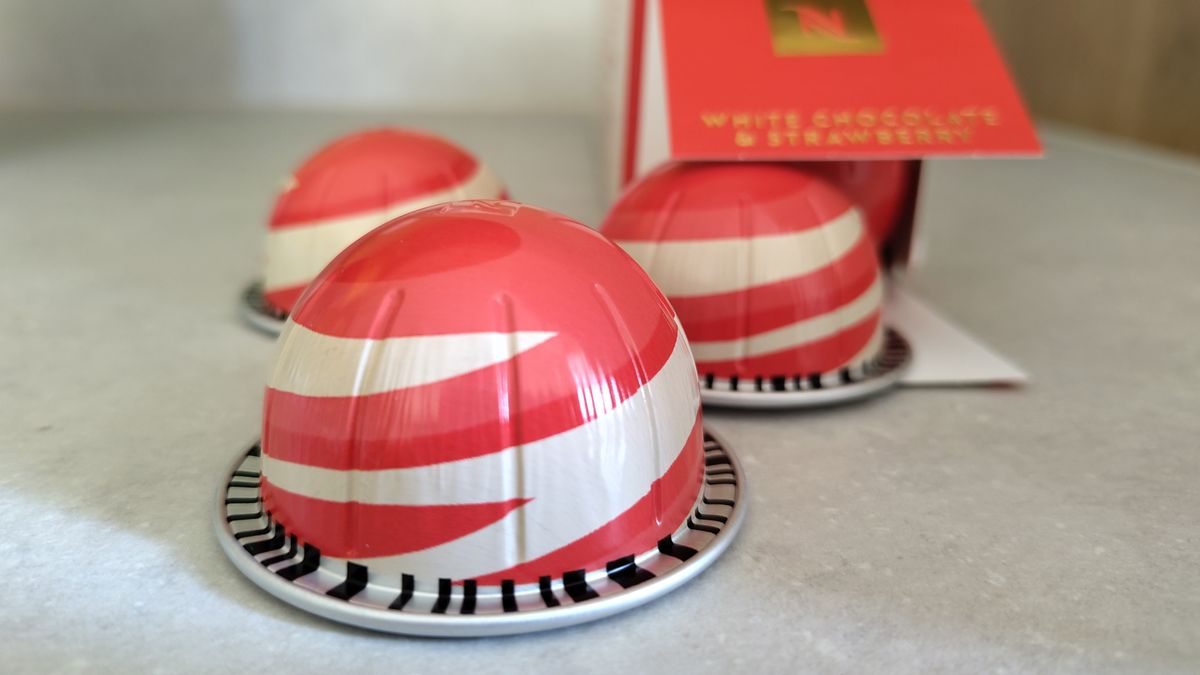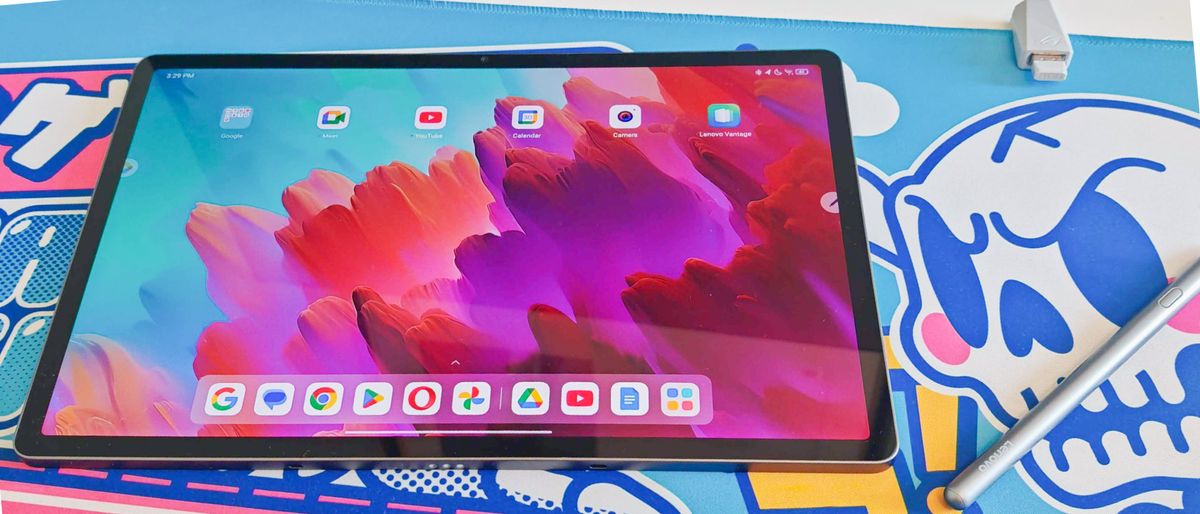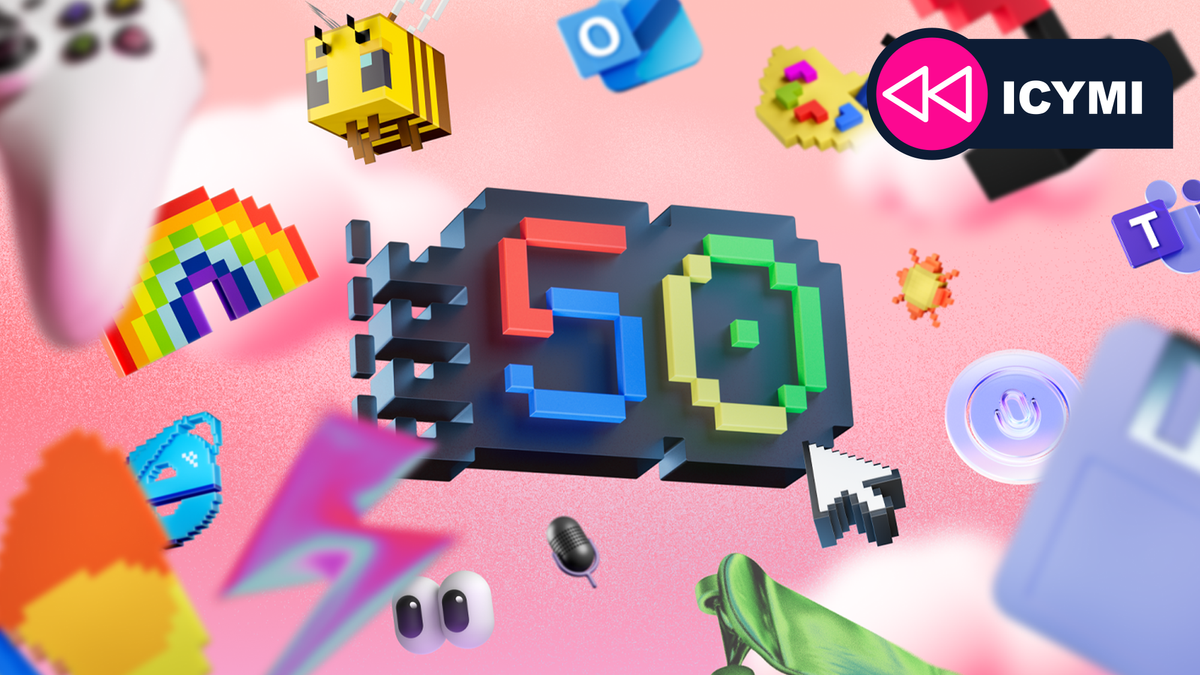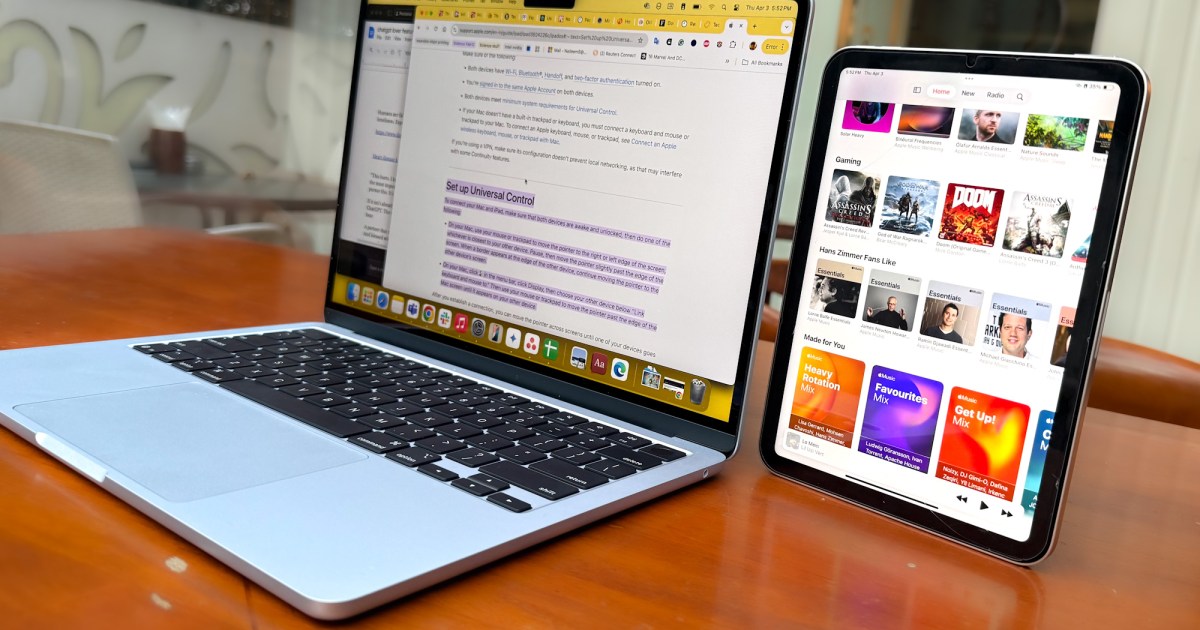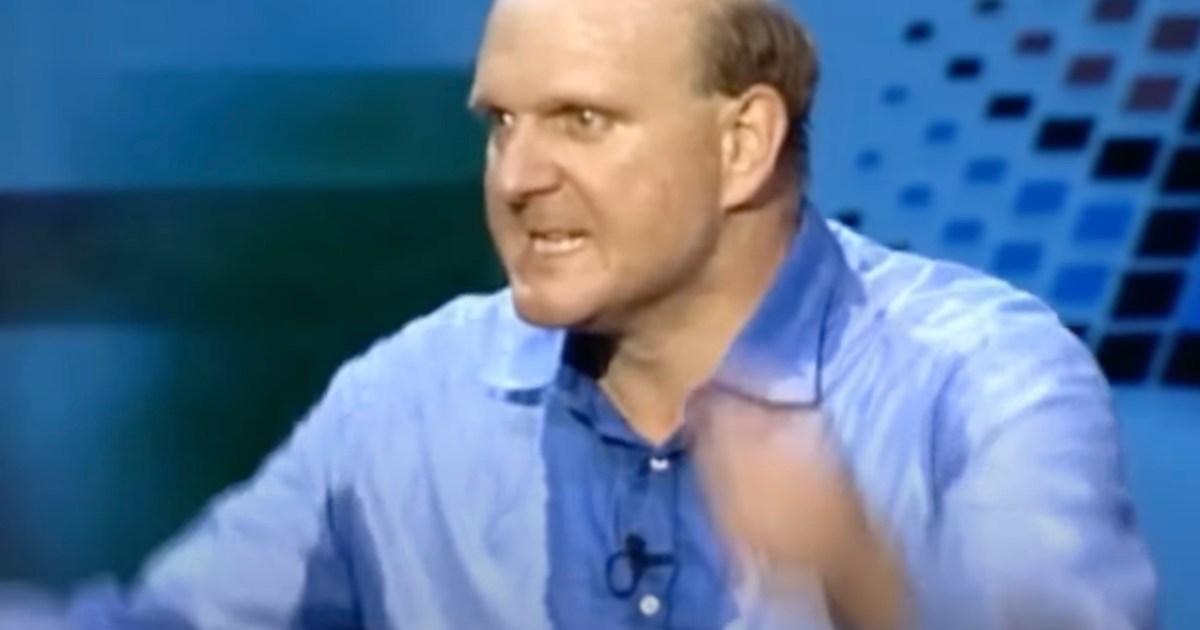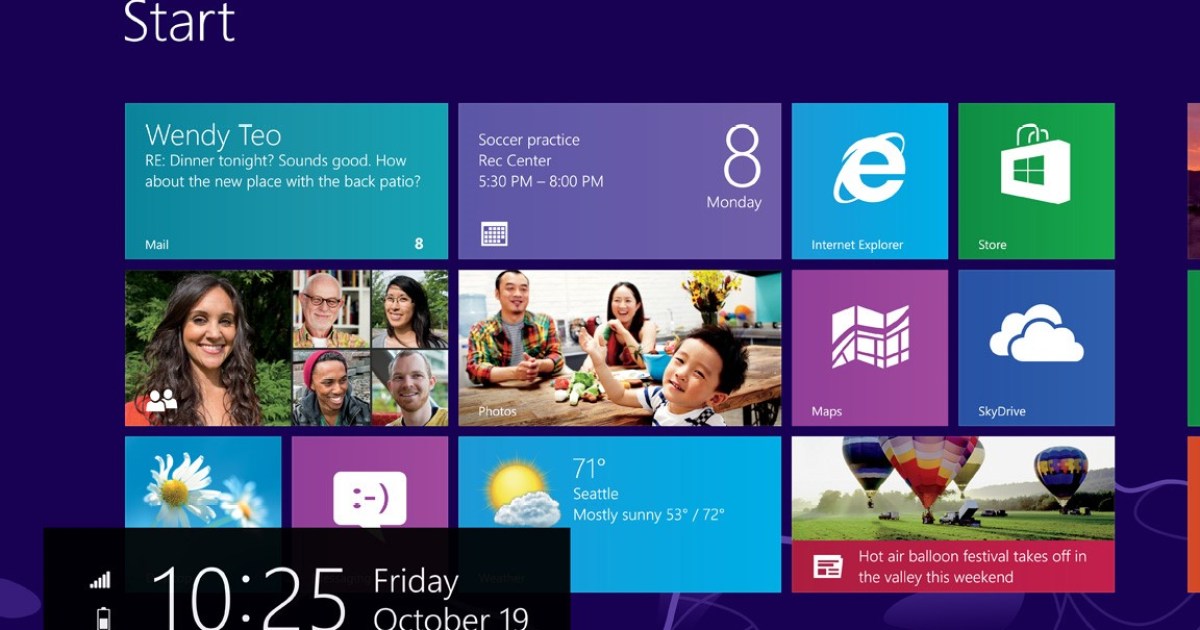
I hope that these 3 features of Microsoft Windows 8 that were thought to be lost never return.
Several years have passed since Microsoft discontinued Windows 8, and I’m very glad that it is no longer available.
In the early 2010s, many Windows computer users encountered Windows 8, a version that generated mixed reactions. For some, the experience was quite negative, as the upgrade to this operating system felt like an unexpected shock. Upon upgrading, many noticed that the beloved start menu had disappeared, replaced by a full-screen tile interface that resembled a mobile phone more than a desktop. Suddenly, everything familiar in Windows faded away, and many users asked Microsoft not to repeat such changes.
Disappointment with the new layout was swift and widespread, with critics pointing out that the focus on touch screens hindered productivity, especially for those who relied on traditional mouse and keyboard setups. The interface filled with flashing tiles and constant updates of information like weather forecasts or news felt more invasive than helpful, clashing with the experience of desktop computer users.
One of the most criticized features was the Metro apps, which were very limited in their functionality. Although these apps are no longer present in Windows 10 and 11, it is hoped that Microsoft will not attempt something similar again under the guise of "enhancing security." For example, when users wanted to edit images, they had to import files into the app, creating unnecessary duplicates and complicating usage for those with limited storage space. This apparent distrust from Microsoft towards its users led to further frustrations by limiting interaction between different applications.
Another annoying aspect of the system was the charms bar, a hidden menu that activated at the most inconvenient moments, interrupting users' concentration. This inconvenience caused many to feel frustrated, especially when the bar appeared unexpectedly while performing simple tasks.
However, not everything was negative, as Windows 8 introduced the fast startup feature, which helped reduce boot times. Still, Microsoft's attempt to redefine the operating system with a touch-centered design was not well received by users who still used desktop and laptop computers. Transitioning from a familiar desktop experience to a full-screen Metro app generated confusion and dissatisfaction.
With the release of Windows 8.1, Microsoft listened to the criticisms and reintroduced the start button, although the full menu was not restored. This update aimed to improve the user experience, but unfortunately, the damage had already been done, and many were hoping for a return to a more traditional system.
It is not surprising that Microsoft chose to change its approach with Windows 10, which turned out to be a success after the less favorable experience with Windows 8. Both operating systems, Windows 10 and 11, have received a more positive reception compared to earlier versions that were not as well-regarded, such as Windows 8 and Vista. The company tried to adapt to the growing popularity of smartphones, but the difference in usage patterns makes it best to keep each in its own realm. Thus, it would be preferable for Microsoft not to revive features from Windows 8.
